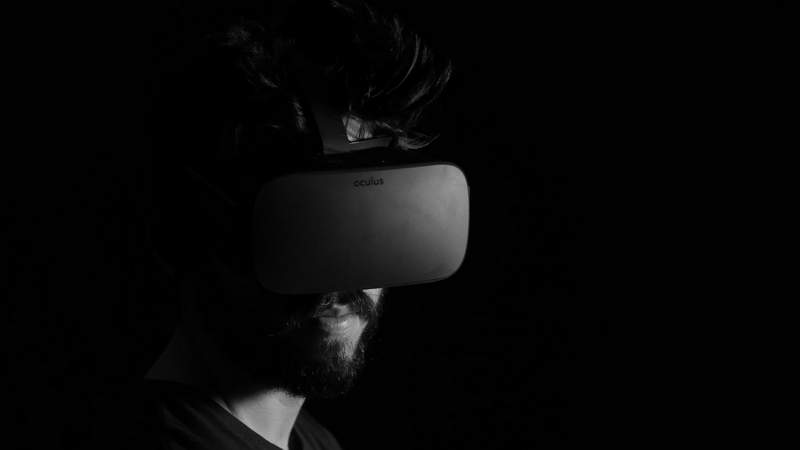Virtual reality made an introduction by changing the world of entertainment and giving people new exciting experiences. Considering its popularity, public response, success rate, and the effect it has on people, it was only logical to introduce virtual reality into learning.

These days students are somewhat overwhelmed by all the information channels they get exposed to on a daily basis. They also find it difficult to keep up with their busy curriculums, which is why many of them turn for the support of online essay help service on domyessay.com and hire professional academic writers to do their assignments. The global education has come to the point where some changes must be made to improve the overall learning experience for students and make it more entertaining and engaging. Virtual reality is just the tool for that. It can appeal to different types of learners: visual, auditory, and kinesthetic, and give all of them equal chances at reaching academic success.
Virtual Reality Revolution
As a relatively new branch of computer science, virtual reality alone can make a revolution in the world of global education. It can get students immersed in the process of learning by giving them a sense of reality and designing scenarios where they get to explore new facets of their chosen subjects. The 3D environment will make it easy for students to absorb new information and enjoy the learning process at the same time.
Universities already use this technology even on the stage of recruitment, at the point where they try to get students interested in their institution. In their quest to be competitive, universities use virtual technology to create virtual tours. Prospective students can use a web browser to get acquainted with institutions by “experiencing” the school campus with the help of virtual reality. In turn, this helps students decide which universities they want to visit in-person and consider for their further education.
Virtual reality can give massive aid in the domain of deep learning. Rather than studying from books only, students can get a chance to experience their professions first-hand. For example, with medical students, technology can offer them augmented views and simulations inside the human body, which is an extremely valuable learning tool. Additionally, students who study dementia can use virtual reality to feel and explore the disease, which will give them a new understanding of their future patients. Engineering students can get augmented views into the technologies they build and the way the latter function. Virtual reality also empowers distant learning as it can create a sense of presence and make students feel like they are actually in the classroom, even if they cannot be physically present there. Virtual classes might actually throw a challenge to conventional schools.
Embracing Virtual Reality
Top university professors, like David J. Malan from Harvard University, support the unprecedented importance of computer sciences and are rooting for the introduction of virtual reality into the global system of education. The educational benefits of virtual reality cannot be questioned, and some of the best universities in the world have already embraced it to give their students better learning opportunities and an innovative look into their future professions. Here are some of the most recent examples.
German University in Cairo
Students who study architecture get to use virtual reality tools to explore the majesty of local architecture, reflecting the culture of Egypt. They get to see the historical buildings of Cairo from fascinating angles and perspectives.
Emporia State University
Students who study marketing are encouraged to use virtual reality tools to help local businesses develop new marketing campaigns to impress their potential customers.
University of South Wales
Among the other activities that involve high-tech, this university uses virtual reality to introduce interactive games and create crime scene investigations for its students.
Texas State University
Because students don’t usually get access to real Ambulance Buses that are used only in extraordinary circumstances with mass casualty events, the university used virtual reality to create an Ambulance Bus Tour aimed at educating technicians and drivers.
While this branch of computer science is still in its “infant” development stages, the future of virtual reality in relation to education is even more promising. Students might soon be able to control VR (virtual reality) devices with the help of their thought only and provide sensory feedback on what they experience right away. It is also quite possible that in a matter of a decade or two, all universities will be equipped with VR headsets. It will give their history students a chance to get a first-hand experience of real historical events, medical students – an opportunity to operate virtual patients long before they actually get to deal with actual patients, etc. The use of VR tools in education might be the new norm in the future, which will also speed the development of new teaching practices and strategies.

